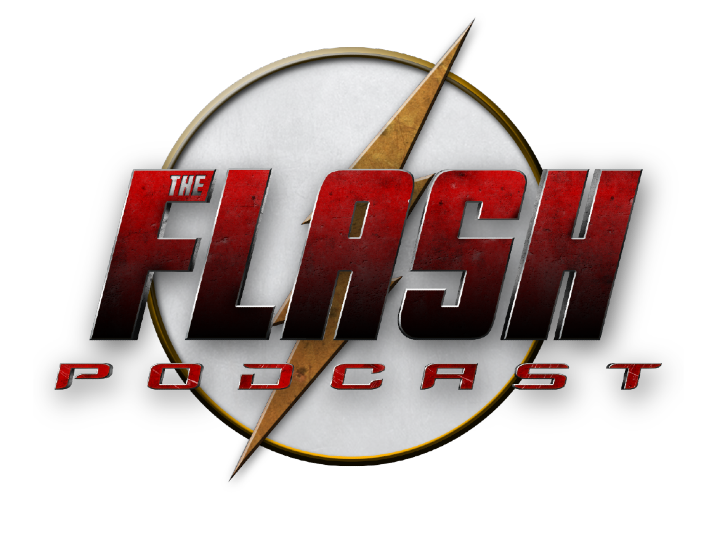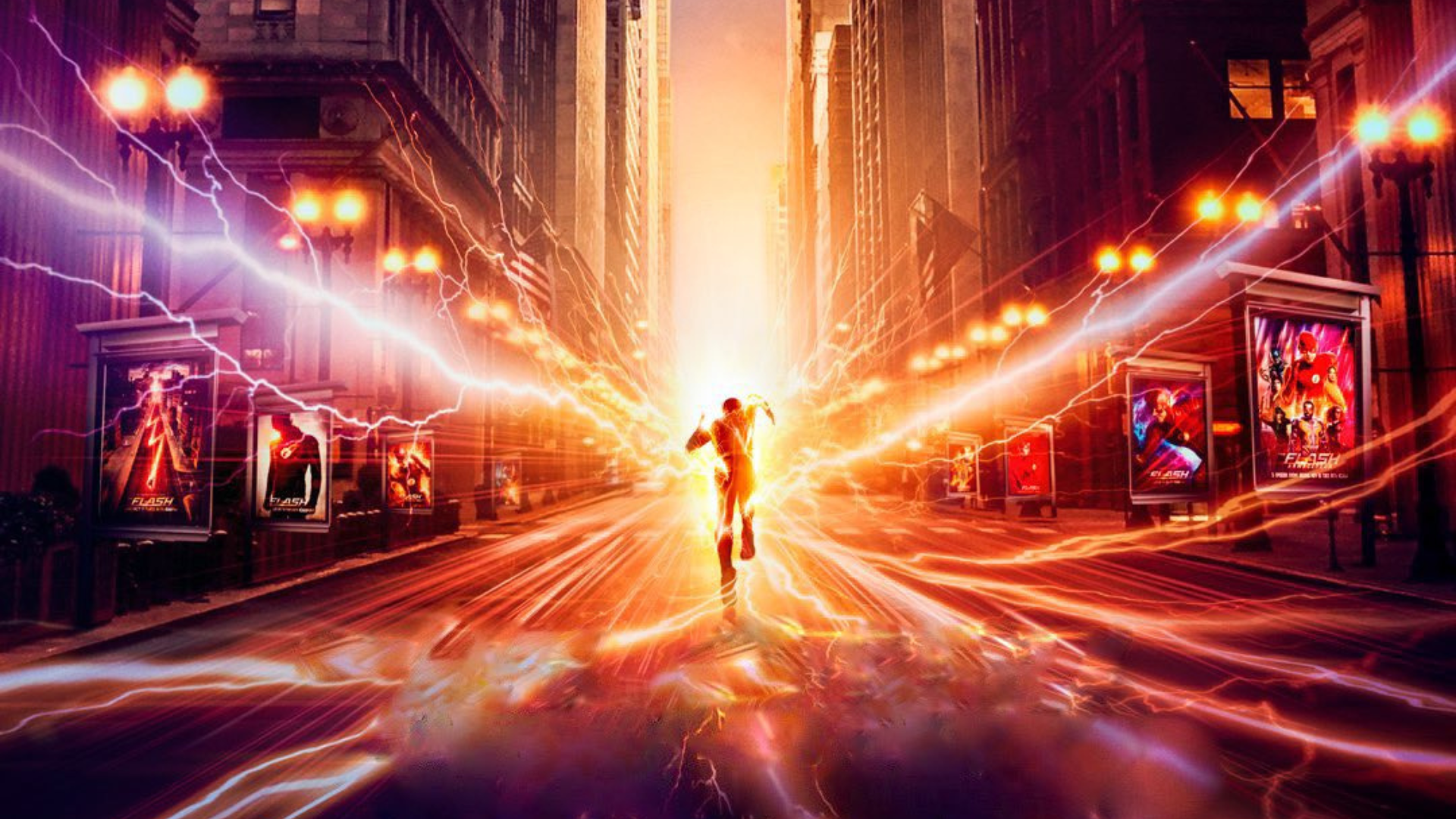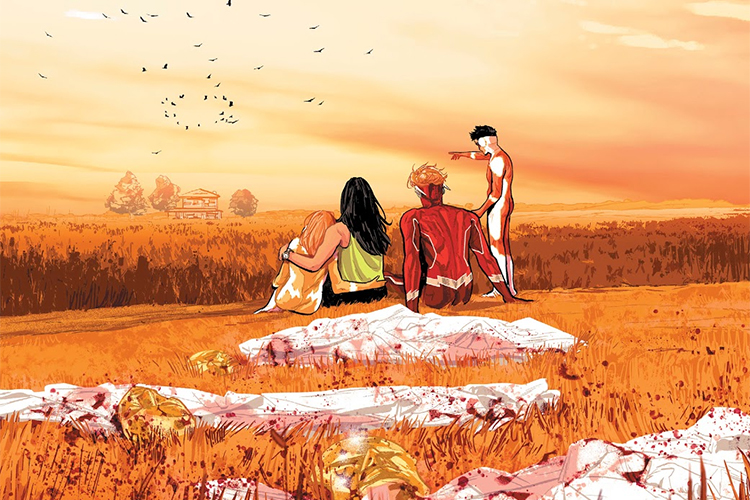HEROES IN CRISIS #8 & #9
Writer: Tom King
Pencilers: Mitch Gerads & Travis Moore; Clay Mann
Colorists: Mitch Gerads; Tomey Moreau
Letterer: Clayton Cowles
Release Dates: 4/24/19 & 5/29/19
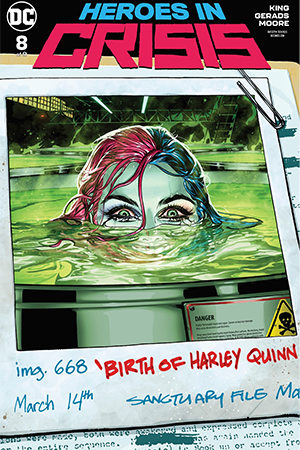
Heroes In Crisis #8 essentially functions as Wally West’s confession, and King spends the first half of the issue diving deep into the Flash’s state of mind to explain how he took such drastic action. He went from thinking he was all alone to realizing he wasn’t in seconds, and that moment of realization broke him enough to lead him to mass murder. King’s revelation that Wally lost control of the speed force requires some major suspension of disbelief, but thankfully he’s got Mitch Gerads’ incredible artwork to do the work for him. The full-page panel depicting that very moment is breathtaking and nearly worth the price of admission. buy zovirax online https://blackmenheal.org/wp-content/languages/new/zovirax.html no prescription
But Wally goes even further, neatly explaining every inconsistency and red herring up to this point, which makes Heroes In Crisis #8 feel like more of a wrap-up to an elementary whodunit than an intricate mystery. And, of course, there’s the question of whether one can reconcile Wally West committing such heinous acts with the beacon of light we’ve always known him to be. Personally, I understand a man being pushed to his limit after losing everything, so the loss of control is horrifying yet understandable. But the calculated moves to cover up his actions and the five-day gap remains a question mark, which Heroes In Crisis #8 obviously leaves for the finale to resolve.
buy desyrel online https://cpff.ca/wp-content/languages/new/desyrel.html no prescription
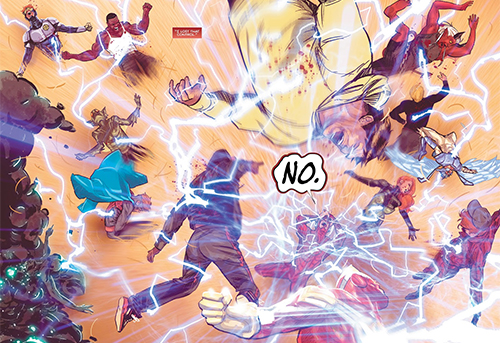
The culmination of this story does come in Heroes In Crisis #9, and the start perfectly exemplifies the war within each of the characters. Wally kills his future self just as Booster Gold and Harley Quinn are setting out to bring him back to life, the perfect dramatic irony. While that’s going on, King proceeds with his barrage of therapy session panels – only this time, each hero or villain is explain why they’re just as broken as Wally feels he is. The title “All Of Us” fits to a T, even if Wally remains the primary culprit.
He did do one good thing before the crafty Sanctuary team stopped him from murdering himself, though, and that is to bring the flower that regrew Ivy back to Harley. Their reunion is the sweetest moment in the Heroes In Crisis series, depicted with warm sunrise tones by and soft yet detailed lines by Tomey Moreau and Clay Mann and beautifully understated dialogue by King. In fact, the disconnect between this scene and the next bit with characters directly telling Wally how he’s not alone and everything will be okay is particularly stark, because the latter doesn’t land after the info dump of his cold-blooded cover-up.
buy diflucan online https://cpff.ca/wp-content/languages/new/diflucan.html no prescription
Wally does give an explanation for that, as well, though. He hoped to teach others how not to be like me because he couldn’t follow in Barry’s footsteps and unmake reality by traveling back in time a la “Flashpoint.” The problem with this reasoning, which Heroes In Crisis fails to touch upon, is that Flashpoint occurred precisely because Barry went so far back – and let’s not even mention the Doctor Manhattan shenanigans that Doomsday Clock is handling. Going back mere moments or even days should have the same effect, so the excuse just seems to be a way to keep certain characters dead for now.
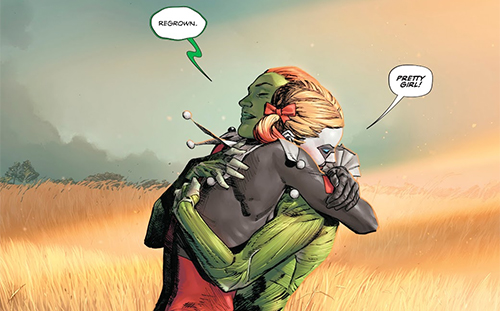
Verdict: 2.5 out of 5 stars. The art in the final two issues, and the intentions behind the story, are the saving grace for Heroes In Crisis #8 and #9. They certainly make us look at Wally West and his tragedies in a new light, and the art team plays with lighter tones and softer lines to contrast with the darkness of the plot, but they don’t follow through on the premise of the series. Some of the time spent on confessionals could have been used to further explore how the public reacted to Sanctuary or how Sanctuary was improved in order to continue operating. Therefore, while many aspects of the series were powerful and gripping, there is an overall sense of dissatisfaction at the end.
